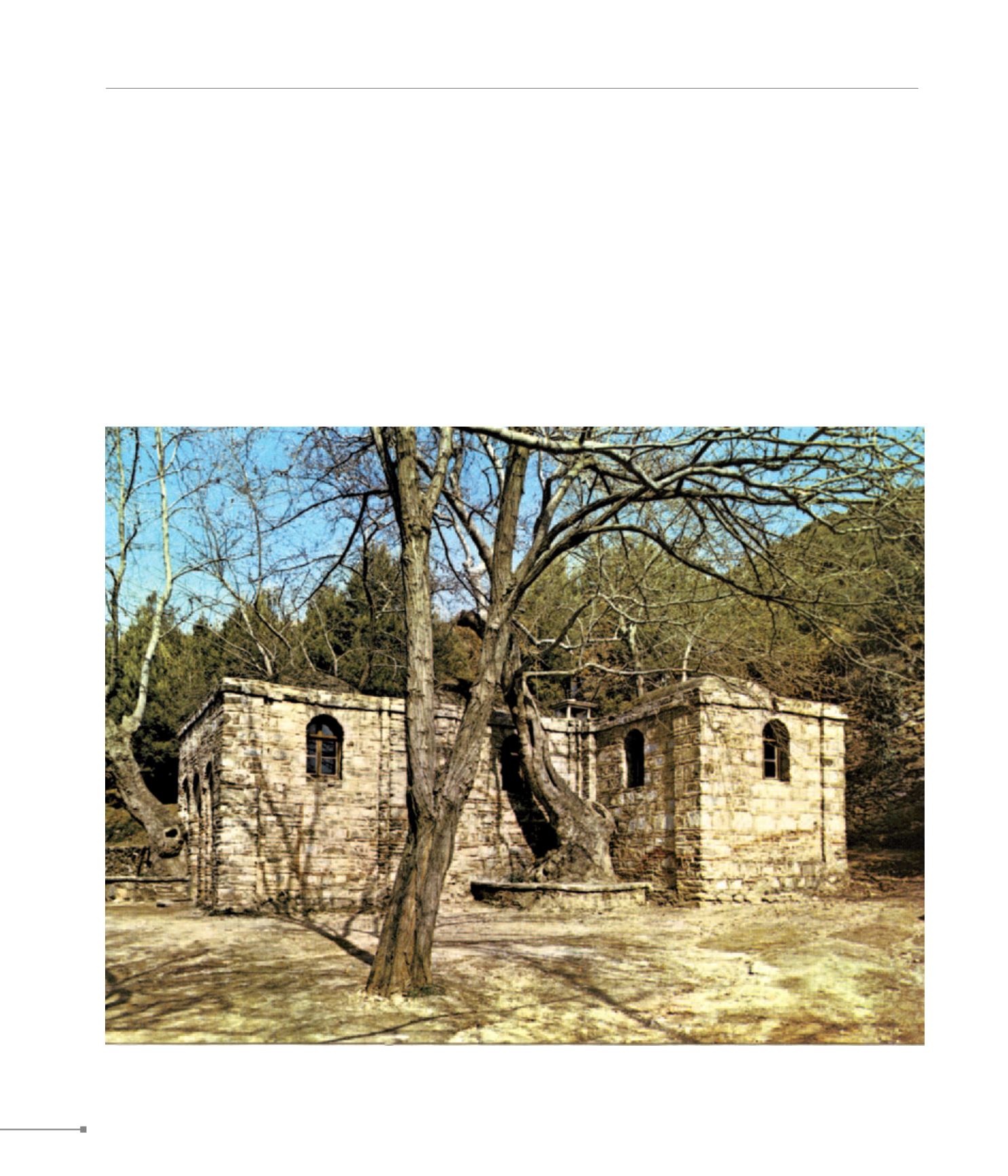
Selçuk. Ephesus.
Selçuk. Ephesus.
COASTLINE OF ASIA MINOR AND EASTERN THRACE
304
555. Ephesus, the so-called Panagia house (Έφεσος, η λεγόμενη οικία της Παναγίας)
cal workshops. There is a plethora of portraits, statues, and
objects of minor arts, including over 2,000 lamps from the
Cemetery of the Seven Sleepers. Along the passage leading
from the sea to the city, 400 m from the present-day beach,
the remnants of an ancient building (a customs station) were
converted into a monastery. Approximately 10 km E of Ephe-
sus, on Alamanda
ğ
hill, is the Ke
ç
ikalesi, a small fortress (also
called Kizilhisar), which dominated the valley of the Cayster
river and the road to Smyrna and Sardes. It possibly dates
from the mid-13th c.
the so called “Meryemana evi”, the house where, according to
local tradition, the Virgin Mary passed away. Further, a tower
of a Hellenistic defensive wall (300 BC) was considered to be
the “prison of the Apostle Paul”. On the other hand, the “Cave
of the Apostle Paul”, located on the N slope of B
ü
lb
ü
l Da
ğ
hill,
had been used by the Christians from the 5th-6th c. and had
been decorated with frescoes (Saint Paul and Aghia Thecla),
of which only a few fragments survive.
The image of rich, Christian Ephesus is completed by the nu-
merous architectural sculptures carved of local marble at lo-


